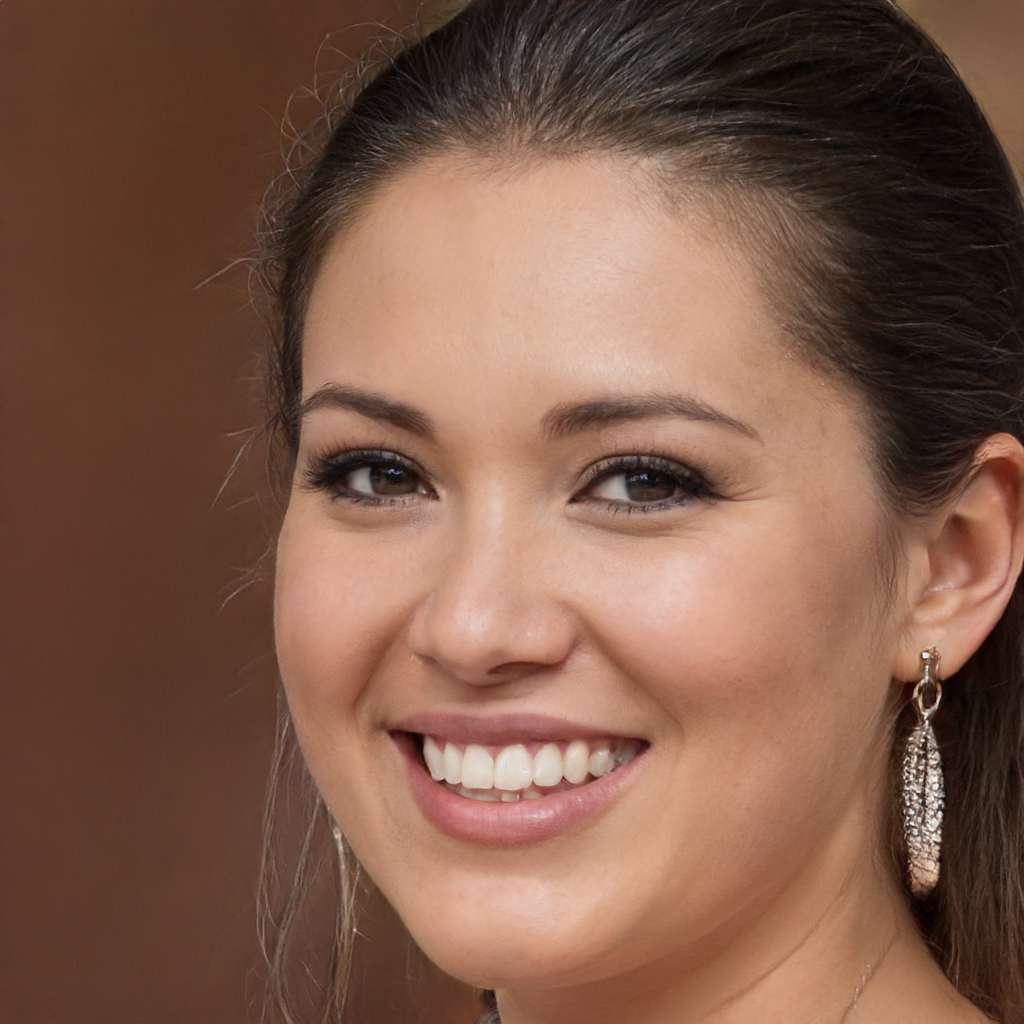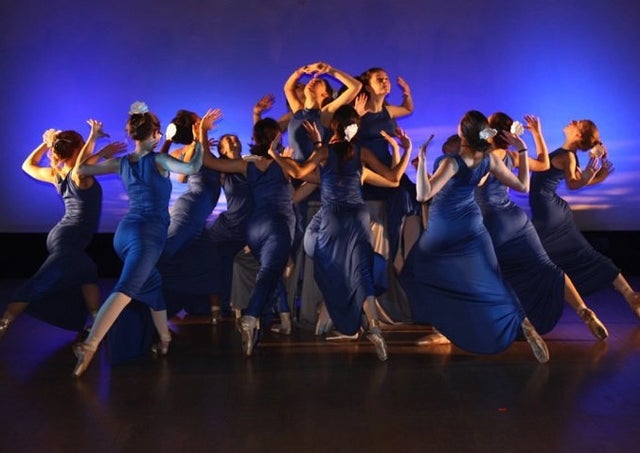The Power of Dance: How we all Need it More than We Realise
The question as to whether dancing is an art form has been debated by philosophers since ancient times. It is clear, however, that dancing shares many of the elements other art forms revolve around. Dancing is an art form on its own even without the aid of music. Because of this, I am going to attempt to define dance’s recreational, cultural and storytelling qualities.
Music and Dance
There is no rule that dancing requires music, but they are often coupled together because the practice of dance benefits from rhythmic aids. The beats and melody of recorded or live music help dancers get into the flow of their piece. People can free their minds from getting locked into one favourite genre by exploring dance steps to various other types of music.
Learning ballet, tap or a wide variety of contemporary dance styles can expand your tastes beyond art giving you a broader sense of culture and recreation. Learning a wide variety of difference styles of dancing can help you grow new relationships and have a deeper art vocabulary.
Body Movement to Rhythm
As any experienced dance instructor will tell you, dancing, body movement and rhythm are not dependent on music and dance. There are actually plenty of examples of dances out there unrelated to any music.
When there is music accompanying dance, it often involves moving the body in time with the music. That means growing an understanding of how to interact with the timing of notes, chords, accented beats and other sounds present in musical compositions. It is important to understand the fundamental mechanics of timing such as tempo (beats per minute) and time signature (beats per measure and time value of notes). A measure of a musical segment of time that reflects a phase or collection of notes.
Several dances are defined by time signature, such as disco, which is usually in standard 4/4 time, meaning 4 beats per measure (the top number on a sheet of music) over the time value of notes (bottom number). A quarter note has one fourth the time value of a whole note (holding a note with continuous sound for four beats), while an eighth note lasts half as long as a quarter note.
This is all taken into account when creating a dance to accompany a piece of music. The mathematical metrics form the logic and structure of a piece of music much like cake because it is made of up of layers. The more emotive presentation of music is often thought of as the frosting. One without the other usually does not have the emotional impact in popular music that audiences are looking for.
How to Get Started
It is rather easy to learn how to dance nowadays, with so many resources on the web to go through and learn from. There are tutorials on platforms like YouTube which teach different forms of dance, making it a perfect self-taught activity. However, to learn the best from experts and professionals, you’d want to get yourself admitted to a dance club where you can attend classes regularly.
There are many forms of dance you can learn ranging from graceful ballet to the sensual samba. So, find what form calls out to you, and look around for an instructor who can teach you well. You should also keep in mind that wearing proper gear or clothing can make a difference. So, invest in appropriate dancewear, and get yourself a pair of shoes you can wear while dancing. If you’re not sure where to start, consider searching on your browser “dance clothes” or “dance shoes perth” if that’s where you are. It is rather easy to find e-commerce sites and stores near you where you can get what you need.
Why we Need it
Music by itself has a huge influence on us but dance allows us to physically express some of the emotions that are brought about with emotive music. We need dance and need to understand it because it is one of the key physical artistic art forms. It allows us to use only our bodies to communicate so much more than we might be able too with words.
This powerful combination of emotion and expressiveness that can be achieved with dance should not be undermined. We need dance because it is one of the many great human impulses that we get when we hear music. We cannot help but tap our foot to a song we like. The music invites us to express ourselves with out bodies and minds which not many other art forms incorporate with such potency.
Ultimately, dance music is an entire art form of its own. Those who take dance seriously understand the intricacies of the music that influences the flow of the dance. Dancing is one of the few things that, uninhibited, we all want to do. Music and dance invites us to express ourselves with our bodies. Letting out emotions that might otherwise have no way of surfacing. If you’ve enjoyed this article and are ready to give dancing a go for yourself, have a look at DivaDance who offer online dance lessons so that you and your friends can participate in a virtual party together.


